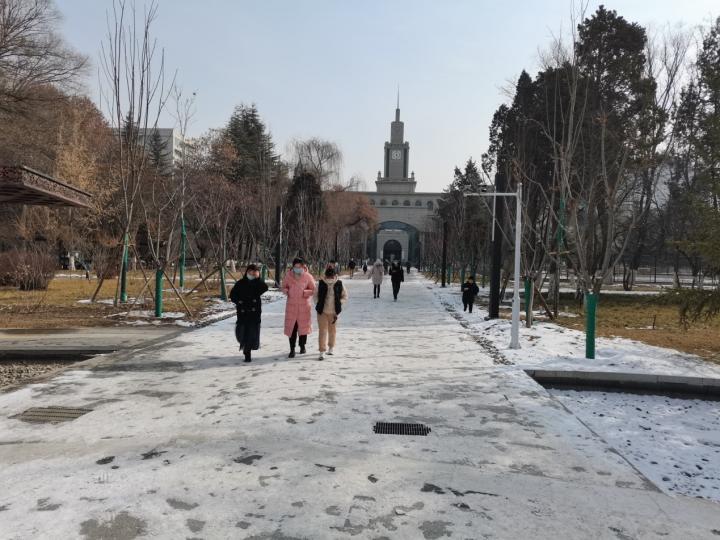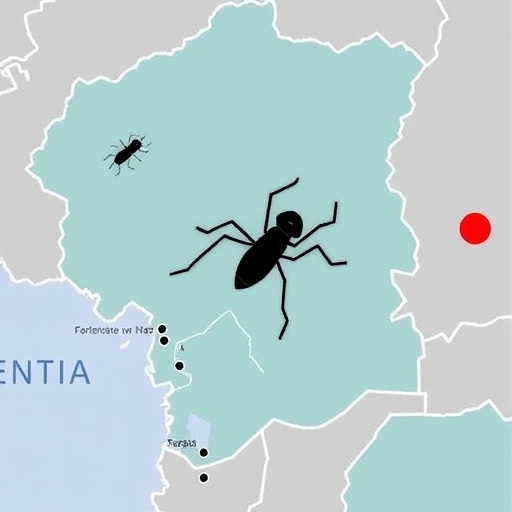
Credit: Chuwei Liu
At the time of writing, coronavirus disease 2019 (COVID-19) is seriously threatening human lives and health throughout the world. Before effective vaccines and specific drugs are developed, non-pharmacological interventions and numerical model predictions are essential. To this end, a group led by Professor Jianping Huang from Lanzhou University, China, developed the Global Prediction System of the COVID-19 Pandemic (GPCP).
Jianping Huang is a Professor in the College of Atmospheric Sciences and a Director of the Collaborative Innovation Center for Western Ecological Safety, Lanzhou University, China. He has for a long time been dedicated to studying long-term climate prediction, dust-cloud interaction, and semi-arid climate change by combining field observations and theoretical research. Lockdown in early 2020 seriously affected his research. Therefore, stuck at home, he held online discussions with his team members on how their experience of developing climate system models might be able to contribute to fighting the pandemic. He didn’t expect much response, but was surprised and touched when many of his colleagues responded enthusiastically.
Therefore, he and his team combined the results of 30 years of work in statistical dynamic numerical weather prediction methods, and developed the GPCP based on the traditional Susceptible-Infected-Recovered (SIR) infectious disease model. The improved methods and results were published in Atmospheric and Ocean Science Letters.
In order to combine epidemiological data and models, the Levenberg-Marquardt (LM) parameter optimization algorithm was proposed to identify epidemiological models, thereby constructing a Statistical-SIR model. The LM algorithm introduces a damping coefficient when calculating the Hessian matrix by the traditional least-squares method, thereby combining the advantage of the Gauss-Newton method and gradient descent method and improving the stability of parameters.
“From the simulation results of four selected countries with relatively high numbers of confirmed cases, the Statistical-Susceptible-Infected-Recovered model using the LM algorithm was found to be more consistent with the actual curve of the epidemic, being better able to reflect its trend of development,” explains Prof. Huang.
In addition, the ensemble empirical mode decomposition (EEMD) model and the autoregressive moving average (ARMA) model were also used in combination to improve the prediction results of the GPCP. The EEMD method has been widely used in the fields of engineering, meteorology, ecology, etc. It can decompose the signal according to its own scale, and is suitable for non-stationary and nonlinear signal processing. The ARMA method can better predict time series.
“We found that the EEMD-ARMA method can be directly used to predict the number of daily new cases in countries with a smaller number of confirmed cases whose development trend cannot be predicted by the infectious disease model. Based on the results, this method is more effective for improving prediction results and making direct predictions,” concludes Prof. Huang.
The GPCP model developed by Jianping Huang’s team can carry out targeted predictions for different countries and regions, and has achieved good prediction results. The team will continue to improve the model in the future to provide more accurate forecasts for different countries and regions.
###
Media Contact
Ms. Zheng Lin
[email protected]
Original Source
http://journal22.
Related Journal Article
http://dx.




